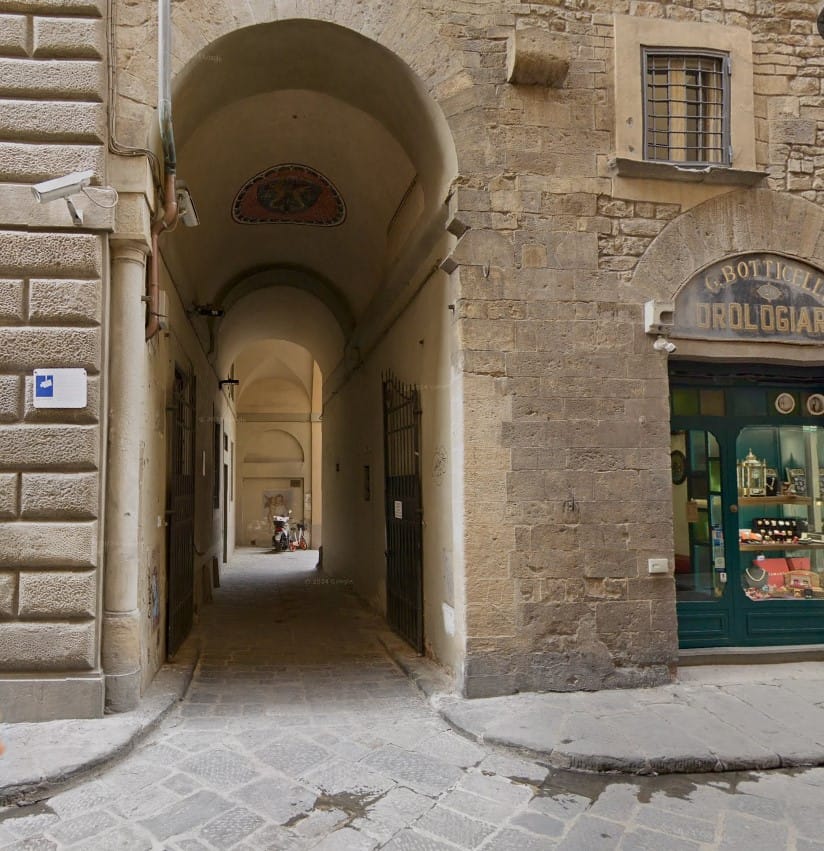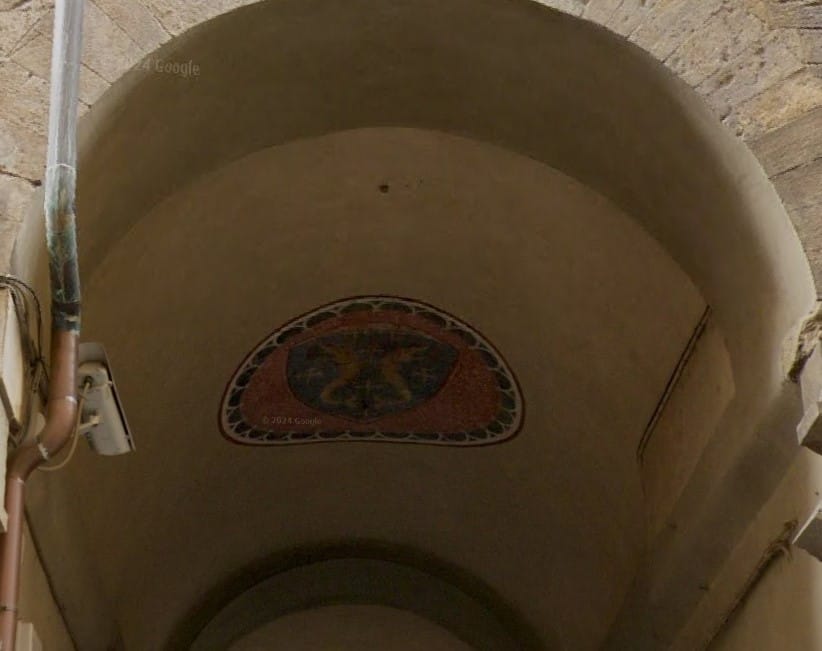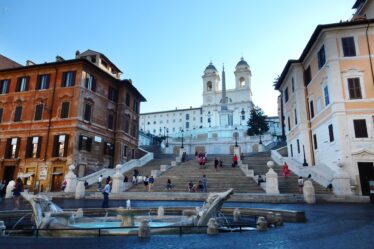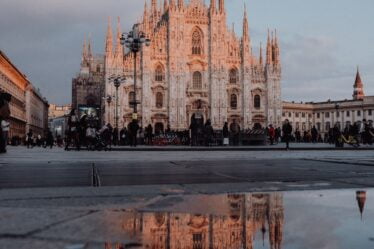

In the heart of Florence’s historic center, at 22 Borgo Albizzi, lies a forgotten gem. This is the Palazzo Pazzi at the Volta dei Ciechi. It’s one of the many Hidden Corners of Florence, filled with history for those who stop to notice.
A Palace with Medieval Origins
The palace stands on earlier 14th-century foundations. This is clear from the filaretto stonework on the ground floor. These horizontal rows of squared stones are typical of medieval Florence.
However, the building’s current appearance reflects later renovations. These changes almost completely reshaped it. Yet, some original features have survived. Like many Hidden Corners of Florence, the structure reveals layers of history.
The Name: A Clue from the Past
One fascinating detail is the name itself: Volta dei Ciechi, or “Arch of the Blind.” It refers to a covered passage. This connects Borgo Albizzi with the small, quiet Piazza de’ Pazzi, which was once the rear courtyard.
According to local tradition, the name comes from an old tavern in the Pazzi courtyard. It was frequented by blind men and beggars. This was a simple, modest spot—offering shelter and food. The name preserves a trace of forgotten urban life. Once again, we find the humanity that often hides in the Hidden Corners of Florence.
Symbols that Speak of Nobility
A coat of arms still decorates the façade. It belongs to the historic Pazzi family. On a blue background, two upright dolphins face each other. Around them, five small flowered crosses complete the design.
The same emblem appears above the arch. It once marked the entrance to the family’s courtyard. In fact, the space now called Piazza de’ Pazzi was part of the Pazzi property. Today, it is partially absorbed by the neighboring Palazzo Valori.
This noble symbol remains as a reminder. In these Hidden Corners of Florence, heraldry still whispers stories of past grandeur.
An Ancient Order Carved in Stone
A stone plaque dated 1619 hangs under the arch. It was placed there by the Signori Otto di Guardia e Balia, a former city magistracy. The order forbids making “any kind of filth” and especially urinating in the passage.
Clearly, Florence once kept strict control over public spaces. Even remote alleys were subject to civic order. This plaque is a vivid example of how Hidden Corners of Florence were not forgotten by the city’s authorities.
A Small World of Urban Memory
The Palazzo Pazzi at the Volta dei Ciechi is much more than an old building. It is a meeting point between noble history and everyday life. Heraldry, civic laws, medieval architecture, and forgotten people all come together here.
In short, this space reflects Florence’s complexity. It reminds us that small places often hold the biggest stories. The Hidden Corners of Florence are waiting to be rediscovered.
Discover More Hidden Corners
- 🔗 Visit Florence – Official Tourism Guide
- 🔗 Museo di Palazzo Vecchio – Explore the seat of Florentine power
- 🔗 Heraldry Institute – Dive into the symbols of noble families
- 🔗 Encyclopedia Britannica – Pazzi Conspiracy – Learn the dramatic history of the Pazzi



